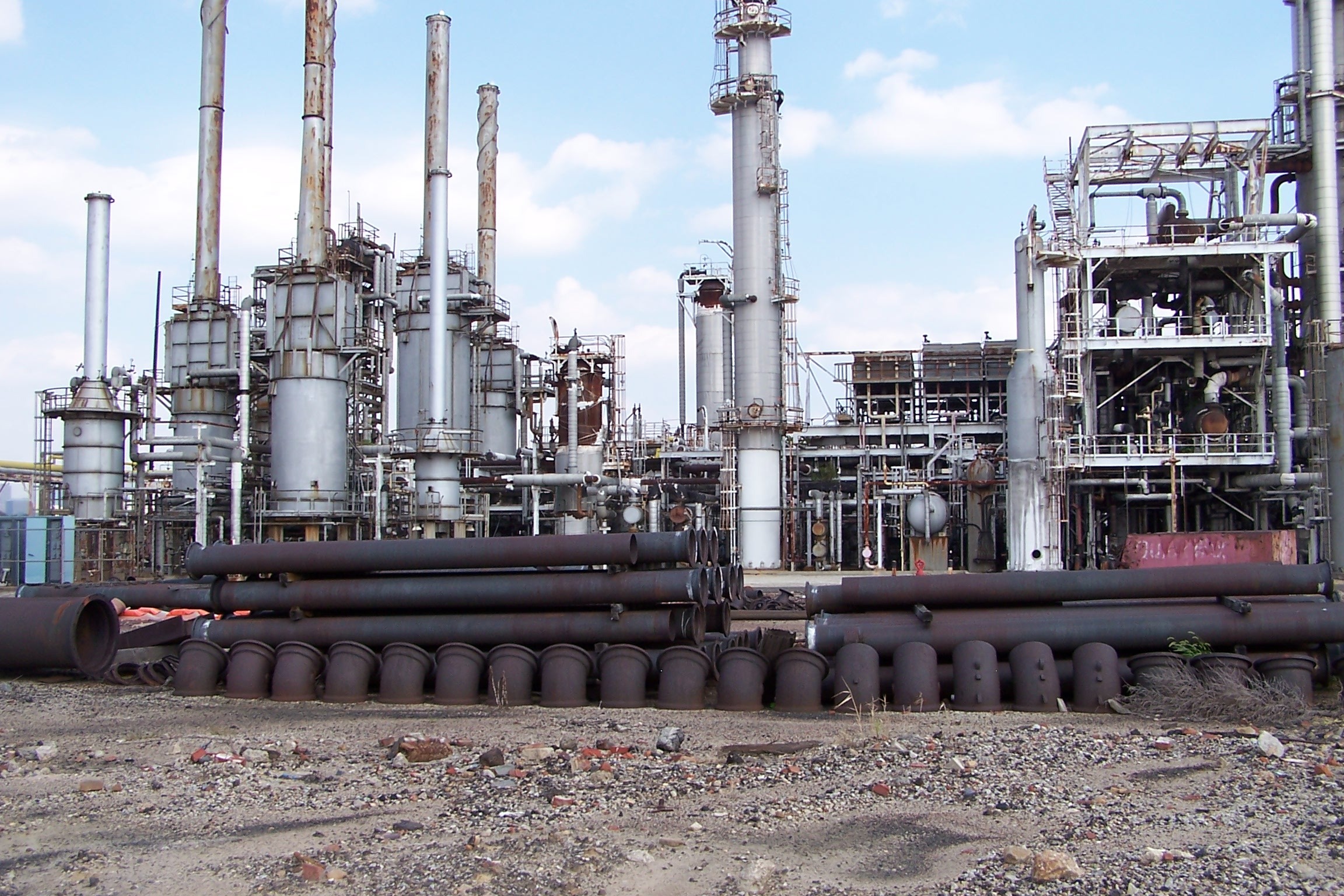Moore Research is the virtual leader in seasonal commodity analysis. Their research shows that 14 out of the last 15 years that May unleaded gasoline futures have rallied between early February and early March. One of the primary reasons for this rally is the beginning of the shift away from winter gasoline blends and the production of summer blends heading into the Memorial Day party time. Their research is based on statistical analysis that describes what, "normal" seasonal market behavior is. However, there is a considerable case to be made that the current situation in the energy complex is anything but, "normal."

Why buck such a repeatable pattern? Two reasons, first the fundamentals continue to add bearish pressure to the market. Secondly, the commercial unleaded gasoline traders as a whole, have turned bearish on their own product.
Fundamentally, crude oil inventories remain at or near 40 year highs and this cant help but work its way through the refineries which showed a run rate of 88.7% as of last week. This occurs in the face of the Exxon Mobile refinery in Torrance, California, which is responsible for more than 8% of California's refined petroleum, being taken offline for longer than expected due to the blast.

Technically, commercial RBOB unleaded gas traders have turned collectively bearish on their product for the first time since September. Commercial long hedgers had been holding the bears at bay, nibbling just enough to keep commercial momentum on the buy side as prices declined. Many of these long hedgers who had been locking in future supplies are now shifting to the thought process that this decline could last longer than expected. Whether they base this opinion on slowing global GDP, issues in Europe or, simply feel that our recovery has peaked is irrelevant. What is relevant are their actions within the marketplace. Here, we can see that the commercial traders took approximately four months to add 20,000 contracts to their total net position. However, the recent rise in prices has brought the sellers out of the woodwork. They've unloaded approximately 10,000 contracts just last week. This has plunged the MACD reading of their net position into negative territory.
Finally, picking up the unadjusted April contract on our chart below has created a roll gap of sufficient size to push the short-term market momentum above our overbought threshold. Energy contracts expire every month and rarely leave a gap of this size based on a volume roll from one month to the next. Therefore, a fall in the April unleaded futures contract sufficient to drop our short-term market momentum indicator back below the overbought threshold will trigger an official COT Sell signal. This sell signal flies in the face of typical seasonal analysis and we'll see if the shift in commercial trader sentiment along with increasingly bearish fundamentals are enough to fight the market's seasonal bias.







